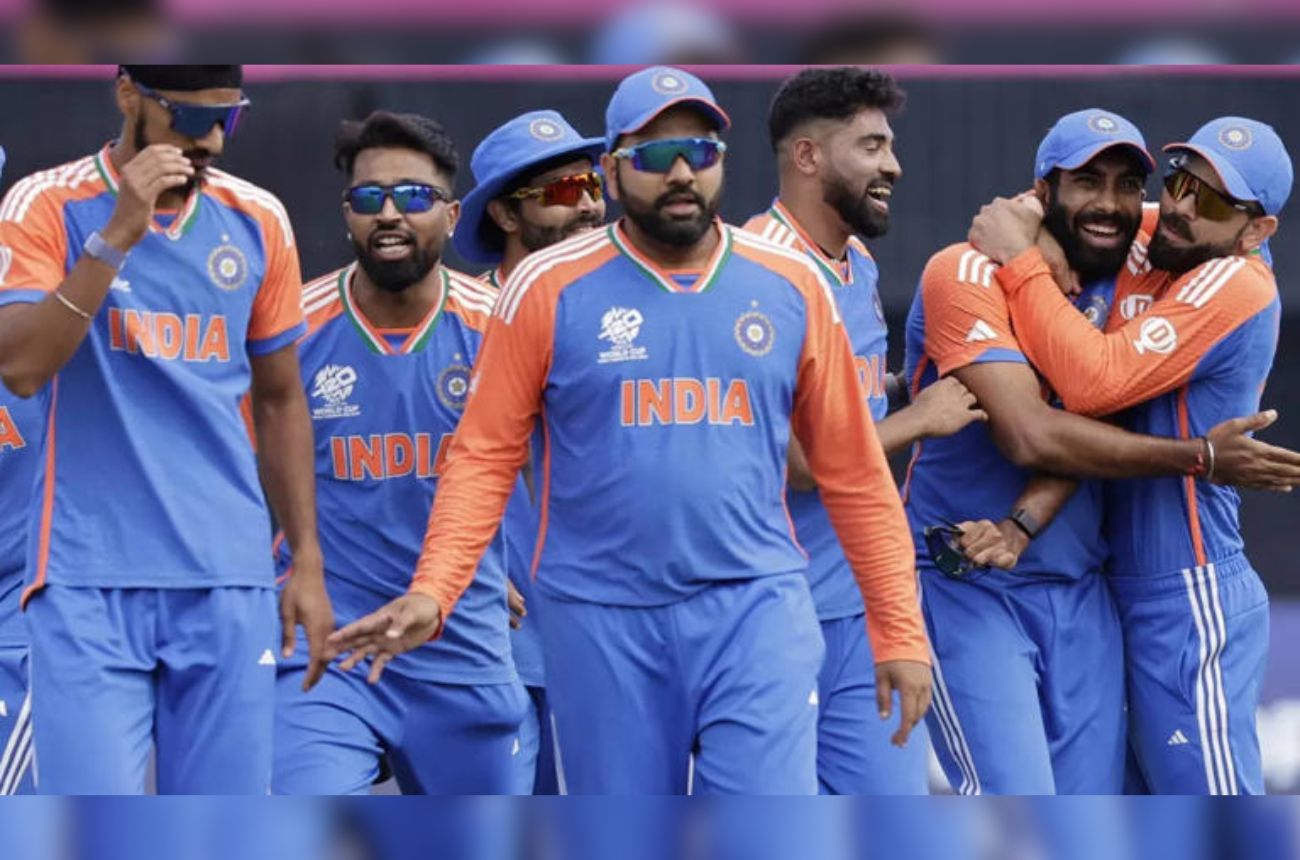Every Asian Games medallist since the record-breaking edition of the quadrennial competition in October 2022 has been tracked down by WebStoryHub. Here, we take a closer look at how each medallist made their way to the top of the podium. From income, birthplace, education, and first break, here are the numbers that tell the story of struggle, transformation — and perseverance.
Raising a sheptathlete daughter has been a challenge for a father who makes his living from a small tea shop in Ballari in Karnataka. For a coffee plantation owner from Coorg whose son started playing tennis at an early age, this is not a big problem.
In Faridabad, a petrol pump attendant, who was injured and is now out of work, cut corners so his daughter could follow her dreams of playing track and field. In Mandi, two states away, a pistol shooter’s family owns a petrol pump.
The father of a hockey player runs a small saree shop at Varanasi. The father of a tennis player from Chennai runs a textile business in Chennai. The father of an athlete works as a waiter in a hotel at Pallakad. The family of a world-class badminton player owns a hotel in Mumbai.
At first glance, it seems like a typical Indian story written across the vastness of the country and the vastness of class and social divides. But at the end of this year, these are 256 Happy New Year send-offs from today’s India to tomorrow’s India.
These athletes grew up in different parts of the world, and if it weren’t for sports—and their excellence—their paths would have never crossed. Just as they did this year at the Asian Games held in Hangzhou from September to October 2023, when they stormed the podium to claim India’s all-time record 107 medals, comprising 58 individual medallists and 49 teams.
All in all, these athletes and their personal and professional journeys tell a story about their faith in sports as a “level playing field,” reduced by talent and hard work and supported by institutions and a rapidly changing world.
Since the closure of the Games, 15 reporters from The Indian Express followed every athlete from the Asian contingent, collated their personal details, and asked them to fill in a questionnaire that outlined their interesting stories. Our investigation of these athletes reveals revealing trends shaping India’s ever-changing sporting landscape at whose core lies an undeniable truth: sports is increasingly becoming a great equalizer.

Let’s take a look at some of the key findings from our in-depth analysis of the 256 athletes:
The medal winners were almost evenly split between men and women, with women making up 43.57 percent of the medal winners compared to men making up 40.60 percent. It’s important to note that the gender gap in terms of medal winners has narrowed over the years. Twenty years ago, it was 36.64 percent, and it was 40.60 percent in the 2018 edition.
68 of the 256 medal winners – just over 25 percent – were born and bred in a city in the top 25 by population. Rural areas account for one-third of all medallists.
Homes where daily wagers were made by the heads of families yielded 40 medals for India. A sign that stable income families do support their kids’ sports aspirations – as long as they get an advantage.

Of the 244 athletes or their families who provided The Indian Express with their annual household income on the condition of anonymity, nearly 20 per cent (50 out of 244) came from families earning less than 50,000 rupees per annum when they began playing. These figures provide hope to many who believe that if sports facilities are free and easy to access, sports talent will be seen and nurtured.
The number of children of parents/parents with steady income and steady government jobs was only 33. Obviously, for service class kids, sports is still not a career choice.
Of the 62 medals, the majority (62) were awarded to families with incomes derived from agriculture, reflecting their rural roots. A little over a dozen medals were awarded to families who served in the Army, and 44 were awarded to families whose families owned businesses.
48 of the Asian Games gold medal-winning women were trained at an academy, while 50 men were trained at the same academy.
Most of these athletes were groomed in their sport under the guidance of professionals. The fact that they come from rural and Tier 3 cities indicates that basic sports infrastructure and systematic coaching by professionals have penetrated the interior. What’s significant here is that most of the initial scouting and talent discovery outside the metropolitans was done by innovative coaches at basic private academies.
While it may still be a challenge, the majority of athletes manage to balance their athletic career with their education. Out of the 232 athletes over the age of 20, 135 were college-educated, while 21 completed their post-secondary education. Interestingly, at least 55 of those graduate-athletes’ parents did not complete post-secondary education beyond Class XII.
It is crucial to understand these demographics as India gears up to host the 2036 Olympics. While the mega-billion-dollar Indian Premier League has made people with modest incomes millionaires overnight, state and central governments are the driving forces in other sports as well. There has been a concerted effort to develop new infrastructure and the government has loosened its purse strings to fund top-notch training.
There are also worries – the main one is the lack of safety net
The majority of the athletes said they hadn’t thought about their career after playing. Almost a quarter of the employable medallists of the age of 25 had no job. Public service undertakings (PSUs) and other state-run agencies remain the largest employers. Only 13 athletes found employment with private companies.
Olympic gold medalist Bindra said in an interview with The Indian Express at an Idea Exchange in October last year that “we need to come up with a system where people are encouraged to have two careers”. “As the number of people participating in sports increases, so will the number of people dropping out.”
“What we need to concentrate on is the concept of dual careers in sport. In all the developed countries of the world, there are only a few athletes who have a full-time job in the field of sport. We need to gradually move in this direction,” said Bindra. “Basic education for the athletes is extremely important.”
According to the data, eight out of 16 players in the men’s and women’s national cricket teams dropped out of higher education after completing Class 10 or Class 12.
Cricket is not the only sport that has a high dropout rate. The sport of Kabaddi, where India’s young brigade is storming the world stage, is another sport where athletes had to drop out of higher education.




